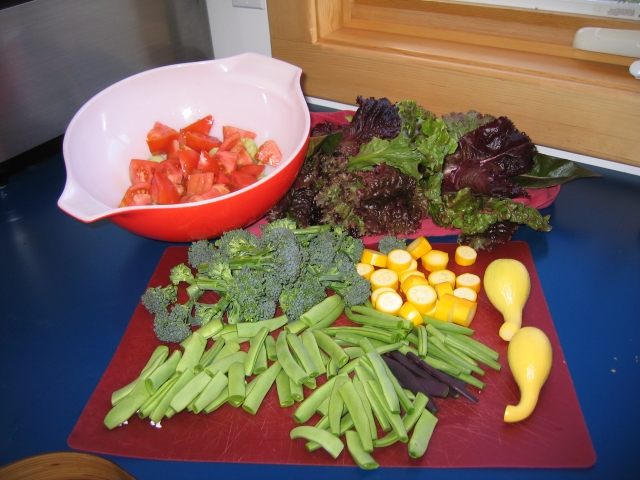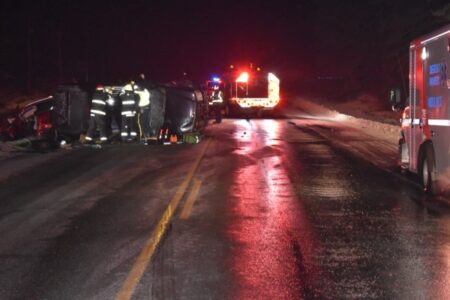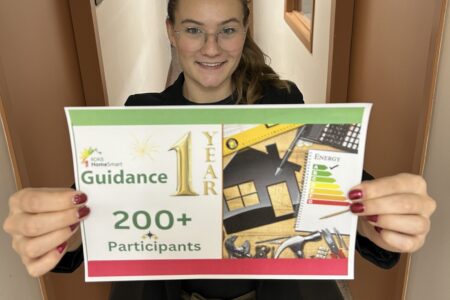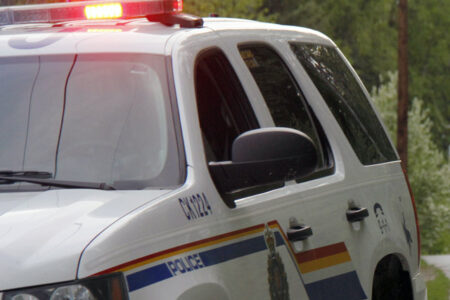Food security = important for humans and other animals too
As leaves change colour and drop from trees, and a chill in the air signals the approach of winter, many of us are thinking of the fall harvest and hearty soups and dishes that will soon warm our bellies.
Not everyone is lucky enough to enjoy such thoughts. About four million Canadians — including more than a million children — lack food security, defined as reliable access to a sufficient quantity of affordable, nutritious food. In Canada, people from low-income households and Indigenous communities are the most likely to suffer from food insecurity.
Fruit, vegetables and other fresh food must often be flown into remote Indigenous communities, leading to alarmingly high sticker prices that make healthy diet choices unaffordable. A 2016 report by Food Secure Canada found the average monthly cost to feed a family of four in three remote northern reserve communities of Fort Albany, Attawapiskat and Moose Factory is $1,793.40, based on 67 standard food items (the Revised Northern Food Basket), and that on-reserve households in Fort Albany must spend at least half their median monthly income on a basic nutritious diet.
Food insecurity takes on an even starker meaning in the community of Grassy Narrows, Ontario. In the 1960s, the provincial government allowed a pulp and paper company to dump more than 10 tonnes of mercury into the Wabigoon River system. Despite recent science showing it can be cleaned up, the government has refused calls to remedy the situation. Toxic mercury levels still exist in the watershed. It travels up the food chain, bioaccumulating in fish that Grassy Narrows community members rely on for subsistence. Consumption of toxic fish has resulted in high rates of mercury poisoning, affecting not only community members’ food choices but also their rights to carry out traditional livelihoods.
Sadly, it’s not just humans who are affected by mismanagement of food systems and the ecosystems of which they are a part. Wildlife feel the impacts as well. The primary threats of habitat loss and degradation faced by some of Canada’s at-risk species are compounded by food insecurity.
Take the monarch butterfly. Its caterpillars’ sole food source is milkweed, yet milkweed has long been eradicated in Canada as a noxious weed. (It was only removed from the noxious weed list in Ontario, its main migration thoroughfare in Canada, in 2013.) Milkweed scarcity is even worse in the American Midwest’s corn belt, where herbicide-tolerant corn and soy crops treated with glyphosate (Roundup), have all but eliminated the plants from vast swaths of land that once provided an essential food source for monarchs.
According to Monarch Watch, since 1996, 29.5 million acres of land not previously used for agricultural purposes were put into corn and soybean production. In 2007, the U.S. Congress passed the Clean Energy Act, creating a market for ethanol. The demand for corn spiked to an all-time high. Farmers pulled land out of conservation and planted corn wherever they could. Corn is also used to feed livestock, especially hogs and poultry, which are then eaten by us.
The impacts of our harvesting and consumption patterns on land are mirrored in the ocean. This year’s sockeye salmon run in B.C. was the lowest in recorded history. Salmon, enjoyed by many of us and an essential food source for many Indigenous communities, are also a staple for numerous wildlife species, including bears, eagles and whales. This year’s low salmon numbers led to the closure of commercial and First Nations fisheries on the important Fraser River sockeye run. South Coast chinook had similarly poor returns. Beyond what this means for salmon fishers and Indigenous communities, 82 endangered southern resident killer whales depend on chinook salmon to survive.
Globally, social justice organizations such as Oxfam note that human hunger is not and need never be inevitable. It’s caused by poverty and inequality, not scarcity.
We produce more than enough to feed all people on the planet. Surely it’s one of the fundamental challenges of our time to focus our considerable intelligence on altering our consumption and harvesting patterns so that all who share this small blue Earth — two-legged, four-legged, winged and finned — can enjoy food security.
David Suzuki is a scientist, broadcaster, author and co-founder of the David Suzuki Foundation. Written with contributions from David Suzuki Foundation Science Projects Manager Rachel Plotkin.
Learn more at www.davidsuzuki.org. Editor’s note: See website links below for further discussion and background for statements of fact made in the article above.
Four million Canadians lack food security:
Food secure Canada report:
http://foodsecurecanada.org/content/payingfornutrition
Grassy Narrows:
http://davidsuzuki.org/issues/health/projects/right-to-a-healthy-environment/grassy-narrows/
Monarch Watch:
http://www.huffingtonpost.com/chip-taylor/bring-back-the-monarchs_b_5316221.html
Sockeye salmon run in B.C. was the lowest in recorded history:
Oxfam:
http://www.oxfam.ca/there-enough-food-feed-world
We produce more than enough to feed all people:
http://www.oxfam.ca/there-enough-food-feed-world

























